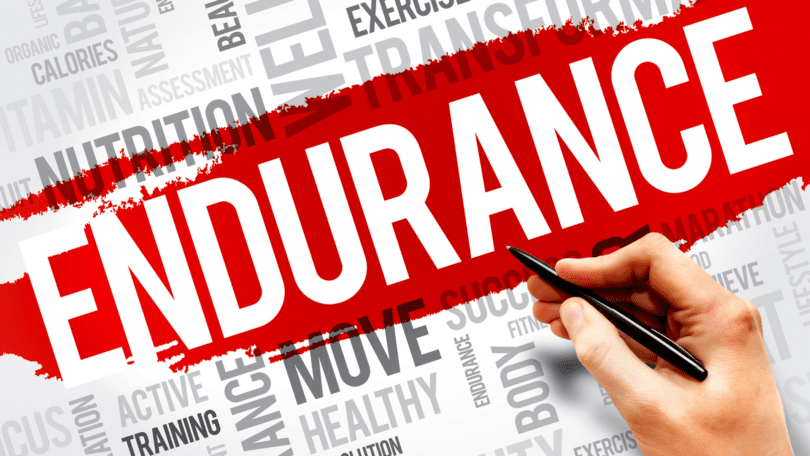Storme L. Heathcote 1,2, Peter Hassmén1, Shi Zhou1 and Christopher J. Stevens 1,2 1 School of Health and Human Sciences, Southern Cross University, Lismore, NSW, Australia, 2 Centre for Athlete Development, Experience & Performance, Southern Cross University, Coffs Harbour, NSW, Australia
Abstract
Heat acclimation protocols-both active and passive-have been employed by athletes in an effort to attenuate the detrimental effects of heat stress on physical capacities and sports performance. Active strategies have been extensively reviewed, but have various practical and economic limitations. The purpose of this review was therefore to provide an overview of the passive strategies that have received less attention, yet may be more practical or economically viable; recommendations for athletes are also provided. With a systematic search of the relevant databases ending in June 2018, 16 articles on passive heat acclimation that met the inclusion criteria were included in the review. The review highlighted that passive heat acclimation strategies can successfully induce heat adaptations, evident by reports of improved exercise performance, thermoregulatory, cardiovascular, and perceptual responses accompanying such interventions.
Based on the review it is apparent that the use of sauna, hot-water immersion and environmental chambers may be used to provide heat stress under passive conditions, for the purpose of acclimation. To maximize the thermoregulatory-adaptive responses, exercise bouts should be employed prior to passive heat stress, rather than passive heating alone, with a minimal delay between exercise and the application of heat stress. Heating bouts should have a minimum duration of 30 min per session and be employed on consecutive days, when possible, with a minimum of 6-7 exposures to induce adaptation.
This review identified that information regarding the magnitude of performance changes that can occur, as well as the perceptual responses to passive heating protocols is limited. Future research should investigate the use of passive heat exposures before and/or after repeated heat training sessions, to assess if a further boost to heat adaptation can be achieved with this strategy.

